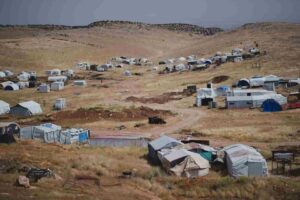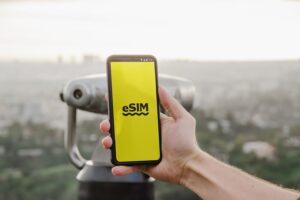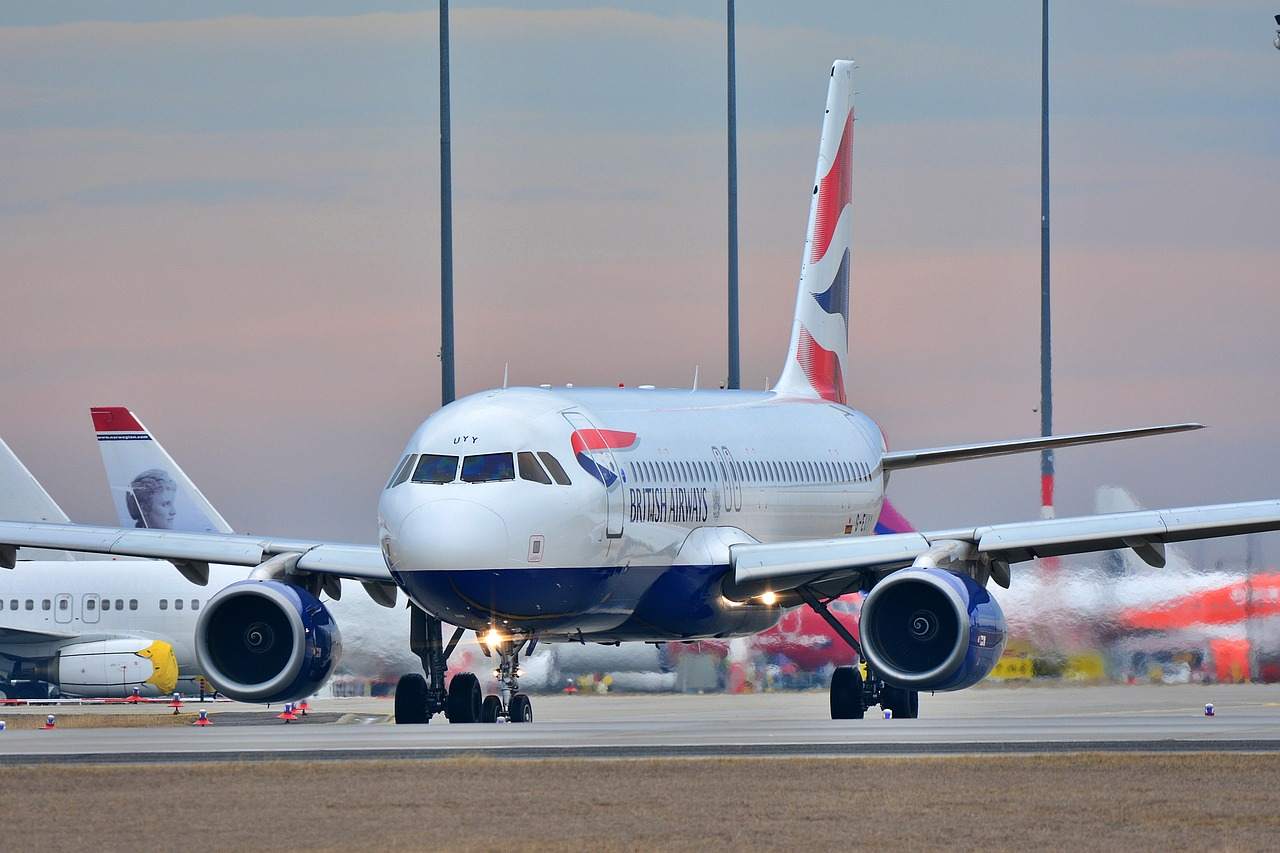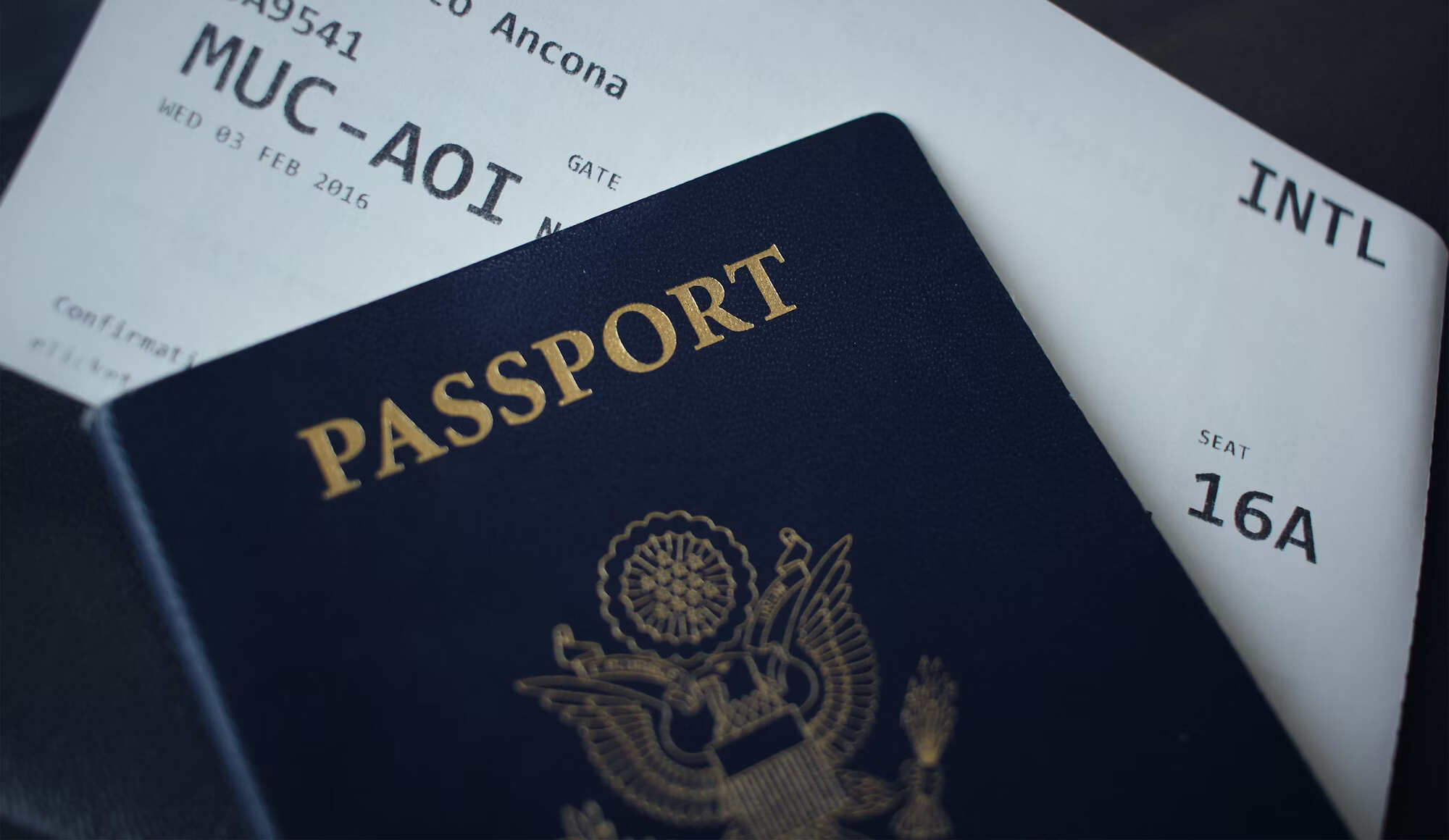
Millions of people around the world are currently displaced by war, disaster, or political conflicts, and despite the widespread availability of smartphones, most find themselves digitally cut off. This reality is primarily attributed to the infrastructural deficit accompanying such situations, where affected persons have little access to mobile networks and internet connectivity.
eSIMs for refugees have brought us closer to addressing this challenge. This digital data connectivity tool enables instant, borderless mobile access without relying entirely on local infrastructure.
This article details how disaster relief eSIMs improve the overall living standard for refugees, displaced people, and individuals affected in crisis zones. Let’s start with a brief overview of what eSIMs are.
What is an eSIM?
An eSIM (embedded SIM) is a programmable digital version of the physical SIM card traditionally found in mobile phones. Unlike conventional SIM cards that need to be physically inserted and swapped out, eSIMs are built into the device, which makes it easy for them to be activated or changed remotely, regardless of location or region.
This piece of technology offers several advantages over traditional sim cards, and this explains its growing popularity and why mobile operators are embracing it. Major smartphone manufacturers, like Apple, Samsung, and Google, have already begun integrating eSIM compatibility into their latest models.
Although the benefits appeal to the everyday users, eSIMs for refugees present a particularly unique opportunity. The seemingly minute difference in how this piece of technology works opens up the possible solutions for the infrastructural problems in crisis regions.
With the advantages of disaster relief eSIMs, there is more room for swift response from support teams and easy communication for affected persons.
Some other general perks pushing the popularity of this tech are
- Remote provisioning
- Enhanced security
- Borderless connectivity
- Zero need for local infrastructure
- Instant deployment e.t.c
The Connectivity Crisis in Conflict Zones

Data from the UNHCR reveals that refugees are 50% less likely than the general population to have access to internet-enabled phones. Yet it’s common knowledge that in times of crisis, staying connected with people is a lifeline.
If the goal is to leave no one behind, then eSIMs for refugees represent a practical and forward-thinking solution. With the ability to connect instantly and across borders, access to this technology can mean so much, including survival, safety, and even hope at a time least expected.
There are a lot of disasters that occur at times like this, causing connectivity crises to ensue, some of them are
- Damaged infrastructure
- Regulatory barriers
- Instability.
Forcibly displaced people face many challenges; in most cases, the three listed above are unavoidable. When crises strike, cell towers, power grids, internet lines, and other frameworks that uphold internet access are often the first to go, making humanitarian eSIM solutions the go-to means of communication.
At the same time, government restrictions and guidelines that might not benefit affected persons also come into play. eSIMs for crisis response are helpful in these cases because traditional connectivity becomes inaccessible, too slow, or excessively reliant on stringent bureaucracies.
How eSIMs for Refugees Solve Critical Connectivity Problems

Here is a detailed overview of how this technology directly addresses the key pain points we’ve highlighted above
1. Remote Activation
In crisis zones where time and infrastructure are limited, speed and convenience make so much difference. Humanitarian eSIM solutions technology offers this through its remote provisioning feature, allowing users to connect to mobile networks without needing to visit a store or handle physical SIM cards.
This capability is especially valuable in unstable regions, where immediate access to communication can make a life-saving difference.
2. Borderless Communication
Refugees often have to move across borders, and disaster relief eSIMs can be remotely designed to connect with the best local carriers. That is, no need to swap SIMs even when they travel since this technology provides multi country support.
This borderless connectivity ensures uninterrupted access to communication, no matter how many times a person is forced to relocate
3. Cost-effective Access
eSIMs offer affordable data packages and eliminate the high costs typically associated with roaming, an issue that often burdens users. This makes them an ideal solution for NGOs aiming to reduce operational expenses and refugees seeking to stay connected without straining their limited resources.
4. Instant connectivity
eSIMs for humanitarian work can be activated remotely via QR code or applications, without in-person distribution or telecom access points. This advantage is helpful in many ways, not only for affected individuals seeking immediate connectivity but also for NGOs, relief teams, and other support networks.
With instant global access to mobile networks, coordination automatically improves, and critical resources can be delivered more efficiently across all parties involved.
5. Secure and Private
Physical SIM cards can be lost, stolen, or confiscated. On the other hand, disaster relief eSIMs are embedded in the device and encrypted, making them harder to misuse and easier to reprogram remotely.
This extra layer of protection offers digital safety for vulnerable populations.
Bridging The Connectivity Gap With Humanitarian eSIM Solution
The relevance of global connectivity for crisis regions is not only for vulnerable communities. The technology is equally valuable to NGOs and relief teams due to its enhanced connectivity and cost-effectiveness, especially in challenging environments.
eSIM for humanitarian work is a great addition for enhancing communication and efficient disaster responses, which are crucial for relief workers and Non-Governmental organisations. The best part is that there are eSIM reseller platforms that make this provision easier today.
One of them is LimitFlex, a white label digital SIM platform that offers seamless integration and competitive commission that’s highly rewarding to customers. Now is the time to tap into this growing demand and provide access to uninterrupted mobile connectivity for displaced populations.






